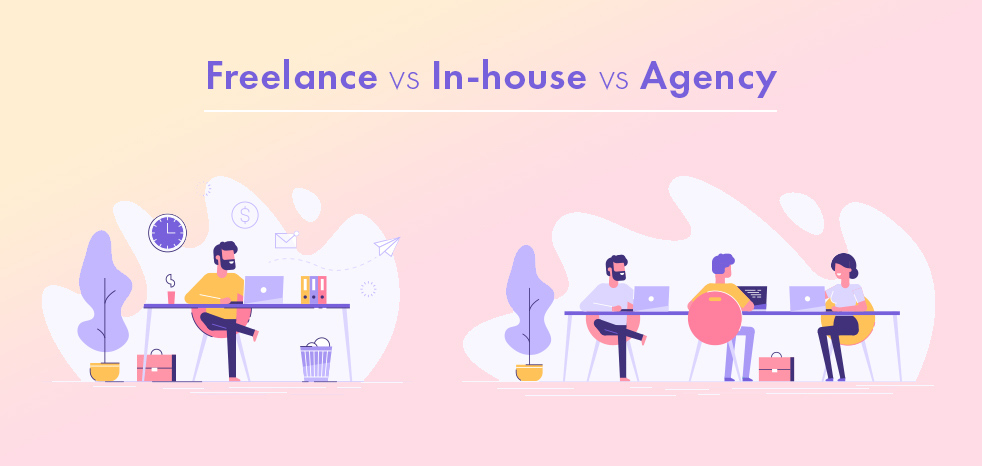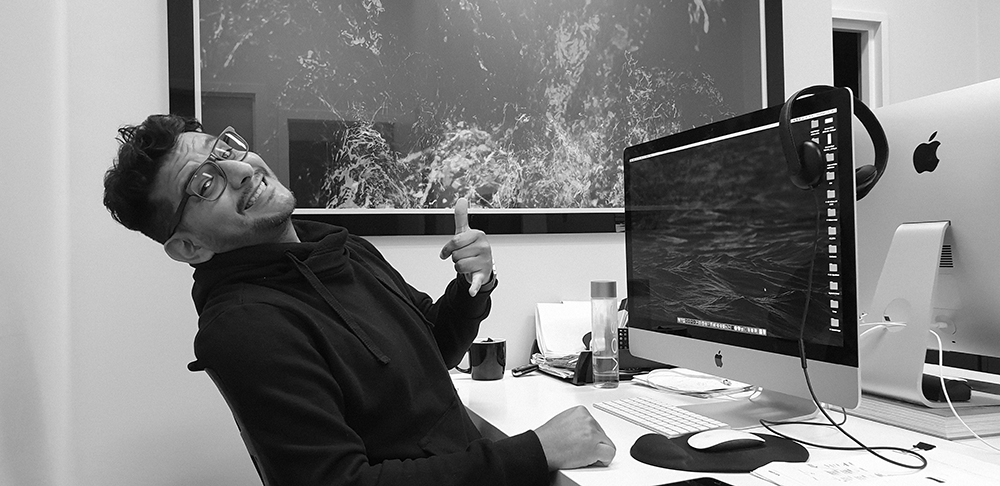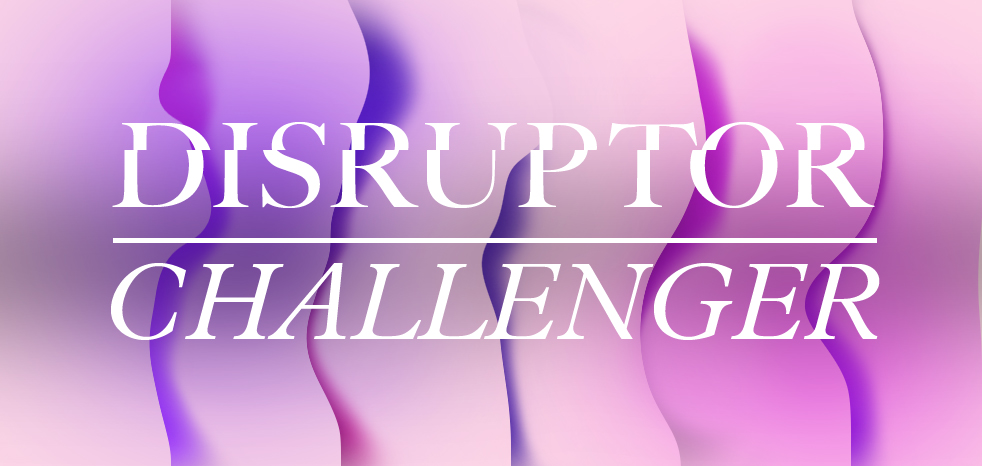Maybe you’re already in the industry or maybe you’re just starting out, but there’s no doubt graphic designers are in demand for their skills. The career opportunities are endless. And there are different ways of working.
Perhaps you’ve thought about what it would be like working for a creative agency or striking out on your own as a freelancer or working in-house at a company.
We asked some of our hugely talented graphic designers at Sketch Corp to tell us what it’s really like.
I
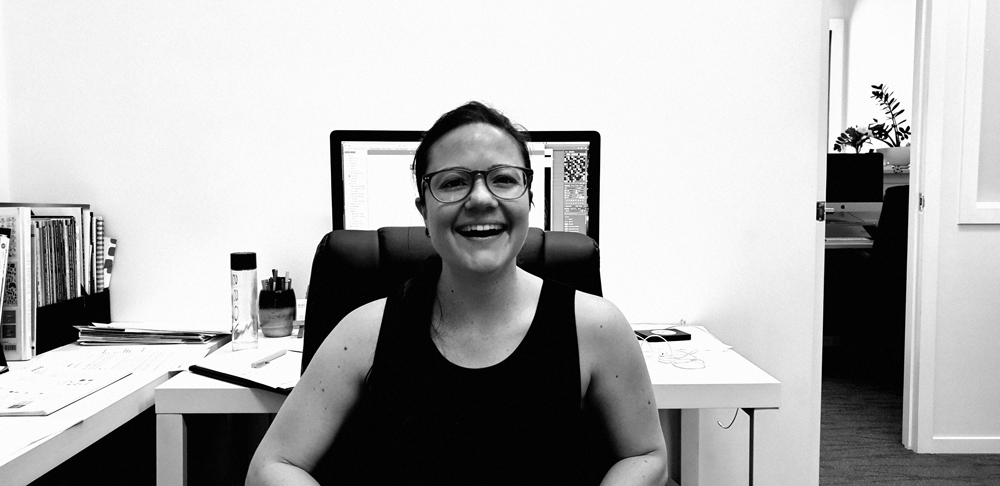
CAROLINA JARAMILLO, SKETCH CORP. ART DIRECTOR
I
Education:
Bachelor of Film
Masters in Creative Advertising & Graphic Design
Experience:
Working for three marketing & creative agencies over the past eight years.
What are the advantages of working as a designer for an agency?
Dealing with a variety of clients from multiple industries means you’re constantly learning and forcing yourself to innovate. That variety also gives you the ability to experiment with different design styles. Keeping up to date with industry trends and developments, and collaborating with your peers improves your skills and knowledge.
And what are the disadvantages?
The lifespan of a project tends to be quite short, so you’re not involved in the company’s day to day developments. Many times you are responsible for establishing design direction, however are not involved in implementation as this is done internally. And of course, this doesn’t always pan out exactly as you had in mind.
What are the advantages of working as a freelancer?
I haven’t worked as a freelancer, but freelance graphic designers have told me the biggest advantage is the ability to manage your time around other activities in your life.
And the disadvantages?
Usually it’s harder to manage clients’ expectations when you’re on your own, and you end up not charging correctly for the amount of work produced.
What are the advantages of working as a designer in-house?
Again, I haven’t done it before, but I guess being involved in the company’s day to day developments means you acquire more knowledge about the client’s direction and goals.
And the disadvantages?
The job could become quite repetitive and it might be harder to experiment with new techniques and design styles.
What advice would you give to a designer who’s just finished studying and is weighing up their options?
I think a designer should specialise in an area and not try to cover everything. Junior designers should be wary of jobs that ask them to do “everything”.
I
JOHN FLOREZ, SKETCH CORP. SENIOR GRAPHIC DESIGNER
I
Education:
Bachelor in TV & Film Making.
Graphic Design at Shillington College, Brisbane
Experience:
I’ve worked in a digital agency, a creative agency, as a freelancer and as an in-house senior graphic designer for a large Australian training organisation.
What are the advantages of working as a designer for an agency?
It gives you the opportunity to work for multiple clients which pushes you to be more creative and to consider multiple target audiences.
And the disadvantages?
Working for a small agency is convenient if your goal is to have close and professional communication with your clients. Sometimes when you’re working for big agencies, the large number of people involved can distance you from the client.
What are the advantages of working as a freelancer?
Managing your own time can be a great advantage IFyou’re good at it.
And the disadvantages?
The biggest disadvantage is the constant, time-consuming chase for clients.
What are the advantages of working as a designer in-house?
One of the best parts of my previous job as an in-house graphic designer was to see the evolution of the brand I was working for. I was able to see how my work played a role in the success of the business.
And the disadvantages?
It can be slow and repetitive sometimes.
What advice would you give to a designer who’s just finished studying and is weighing up their options?
Research, be humble and don’t be afraid of failure. Keep in mind that being a graphic designer is probably one of the most underrated careers out there. This makes it our mission to constantly prove the importance of what we do.
I
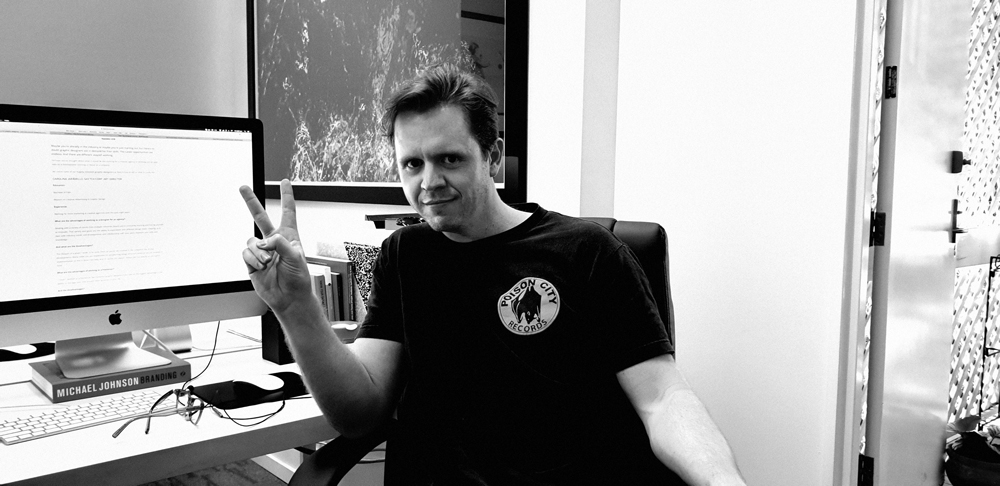
MITCH CLAYTON, SKETCH CORP. JUNIOR GRAPHIC DESIGNER
I
Education:
Graphic Design at Shillington College, Brisbane
Experience:
I’ve worked as a freelancer and also as an in-house graphic designer for an Australian education start-up.
What are the advantages of working as a designer for an agency?
You rapidly solidify the skills you’ve learned at Design College. The work is often fast-paced so you quickly develop organisational and time management skills.
And the disadvantages?
Sometimes you get pushy clients, briefs lacking in detail, or other challenges. But if you apply your skill and knowledge to the best of your ability, you’ll come out the other end happy with the result.
What are the advantages of working as a freelancer?
The end-to-end exposure you have on a project.
And the disadvantages?
There’s no buffer between yourself and the client. If something goes awry, it’s your sole responsibility to deal with it. You’re accountable for every aspect of a project, from design to accounting. It can be a lot.
What are the advantages of working as a designer in-house?
More consistent work hours and more consistent work. Dealing directly with decision makers is an advantage. There may be opportunities to make more money and transition into different roles not available to you in an agency.
And the disadvantages?
A lack of variety, but you can make up for this in personal projects and freelance work.
What advice would you give to a designer who’s just finished studying and is weighing up their options?
Go to industry events, mingle, and keep educating yourself. If you’re not sure what sort of graphic designer you want to be, give yourself some space to figure it out. I remind myself why I got into the industry – a love for design.
I

